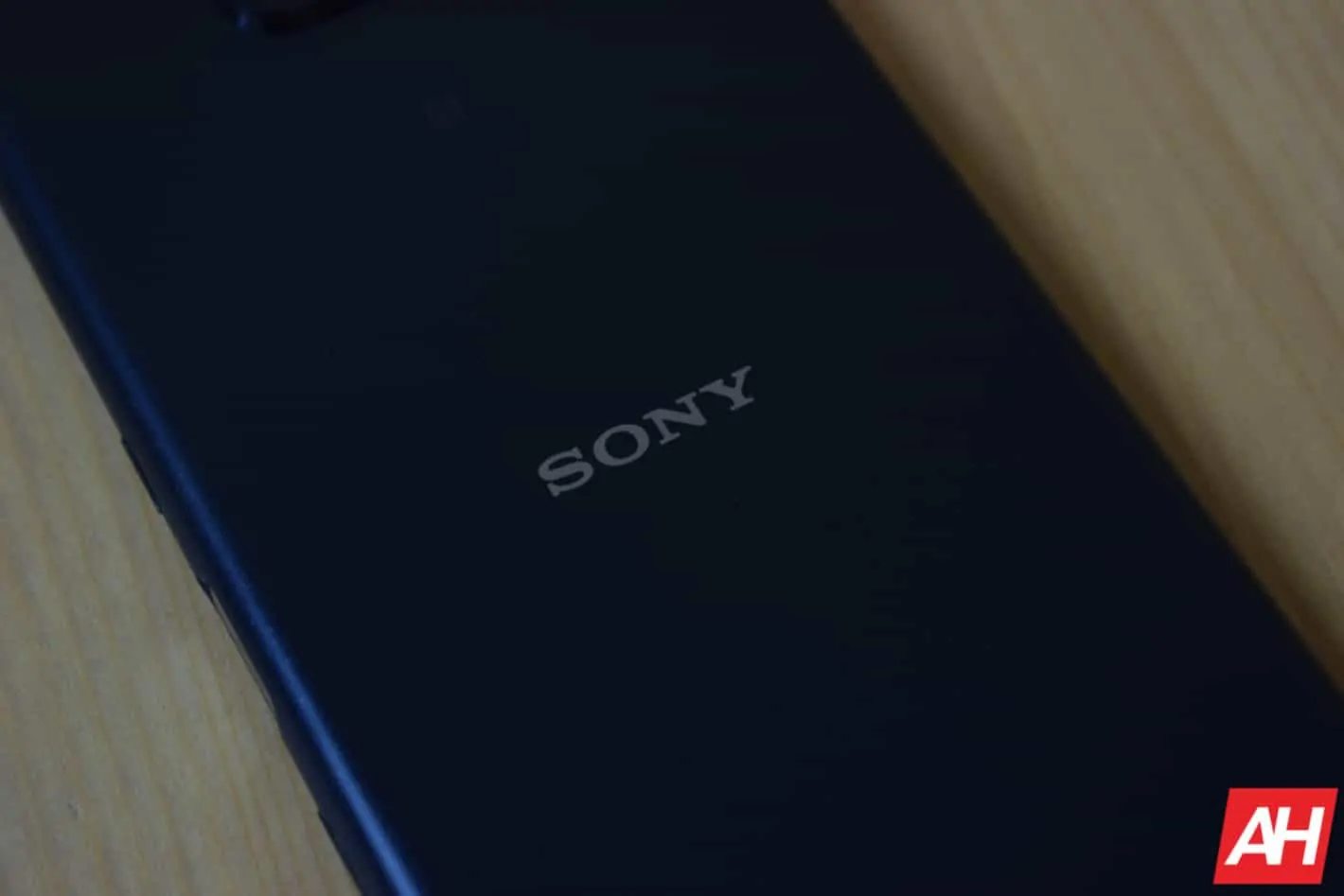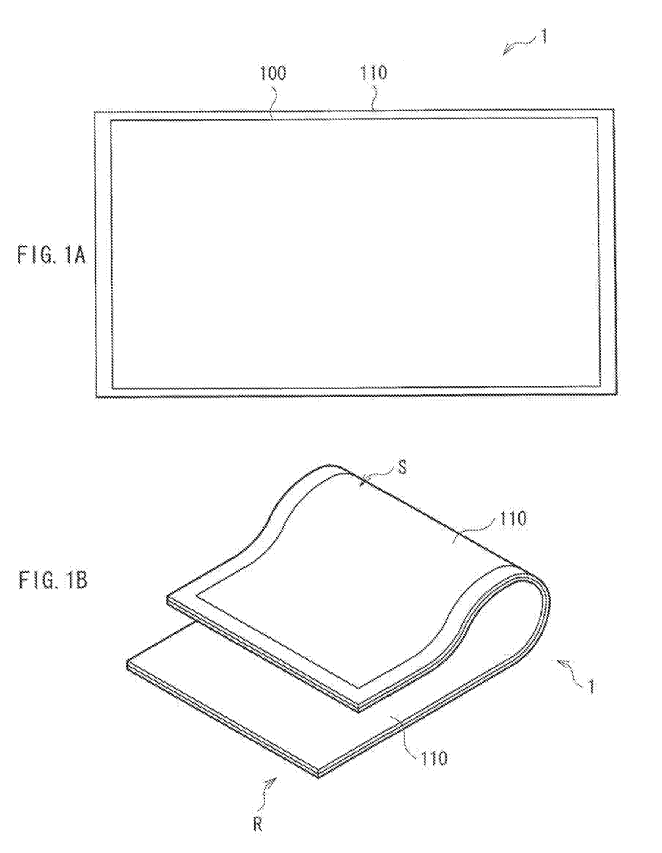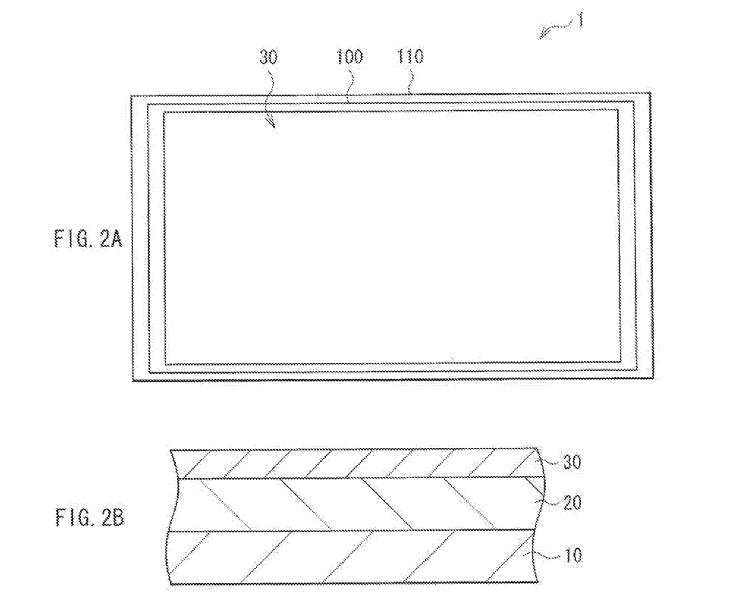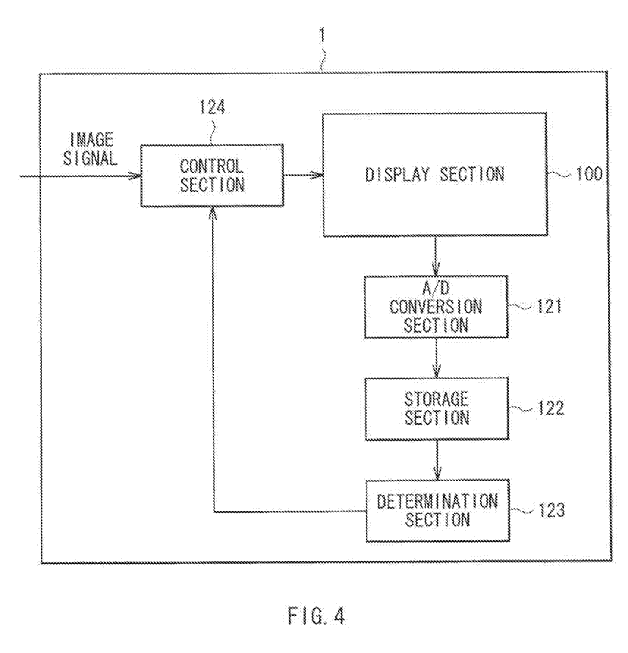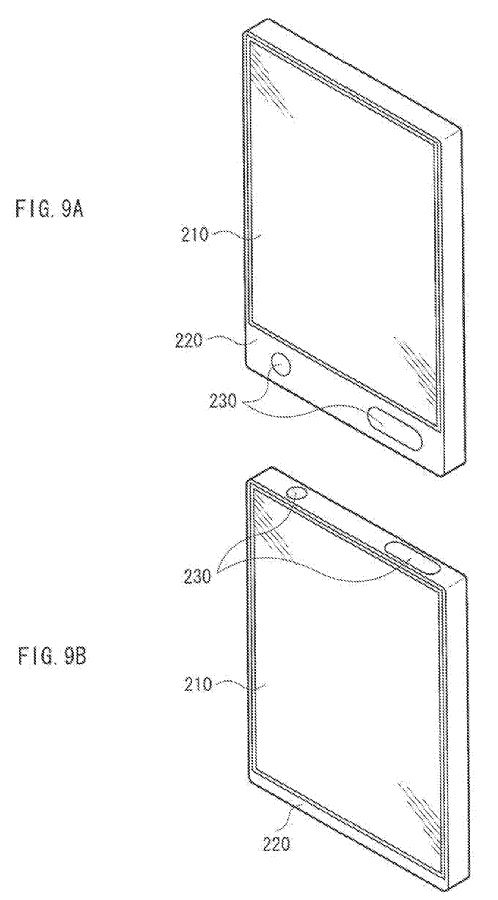Sony has filed a foldable smartphone patent containing in-screen sensors, LetsGoDigital reports. The new foldable smartphone patent from Sony shows a flexible display on the front and back with a pressure sensor, acceleration sensor, and temperature sensor.
Sony also says that other sensors such as a photosensor and a resistance sensor could also be added to the display. These sensors would help determine how the user is holding the phone so as to provide the best UI experience no matter how the device is held.
The front and rear sides would have transparent displays, and the smartphone itself would fold together in a curved state. Additionally, the display would be on the outside, allowing the user to add a screen saver or moving picture so as to maintain user privacy.
While the patent is intentionally designed for foldable displays, it can also be used for a normal smartphone factor with displays on the front and rear. The buttons on the device could be placed at the top so as to create more screen real estate on the front and back of the device. Sony filed its patent with the World Intellectual Property Office (WIPO) on March 4, 2019.
Japanese Android OEM Sony appears to be following the new trend nowadays of turning to foldable smartphones in the next chapter of the mobile market. After all, foldables are the new 2-in-1 form factor, and consumers love having more options in one device. Sony isn’t leading in the foldable smartphone segment, but the company wants to continue making devices for its declining customer base – even trending ones.
There’s nothing necessarily unique about Sony’s ideas, but Sony wants to put its own stake in the foldable smartphone market. Samsung has been leading the way with eight years of research on its Fold hinge – a hinge that needed repair and reconsideration after trapping dust and dirt particles and corrupting the device for some tech reviewers.
Its Galaxy Fold is the first on the market, rushed to market (according to Samsung Electronics CEO DJ Koh) because of the fear that Huawei’s foldable Mate X would arrive to market first.
As with many novel ideas, Android OEMs will not be left behind. Even after Samsung created a phone called the Galaxy Round, LG emerged with its G Flex series as a way to stave off Samsung’s dominance in experimental design. Samsung’s Galaxy Round was the first “flexible” phone, allowing users to control the volume by rolling the phone around on a table, for example.
The LG G Flex was a response to the Galaxy Round, though it was more of a design form change than anything else. The G Flex series had something of a banana-shaped look that LG said was designed to make the phone more ergonomically comfortable to hold. It had a self-healing back as well.
There’s no word on when Sony will launch its foldable smartphone, but with Samsung relaunching the Galaxy Fold and Huawei (possibly) still considering the launch of its foldable Mate X (there have been conflicting reports), it’s just a matter of time before Sony gets in on the action.

